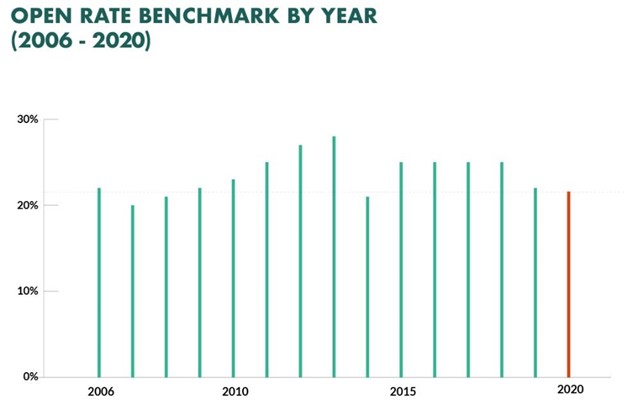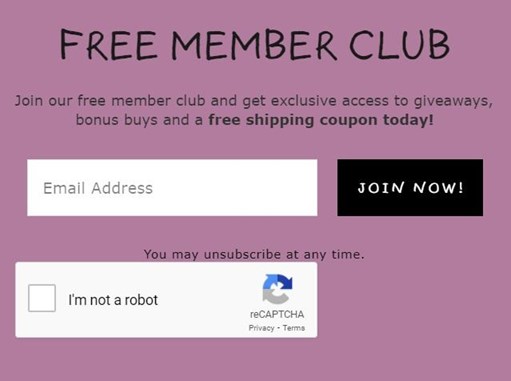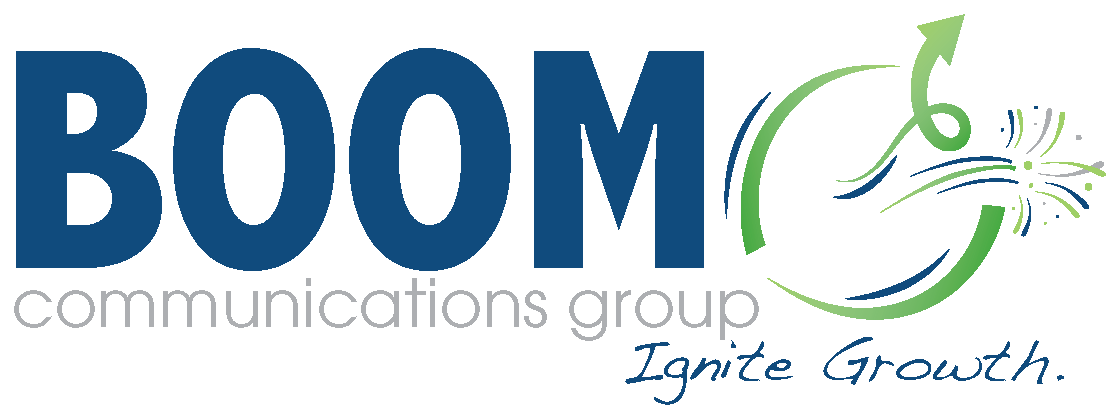
Why Email Marketing for Small Businesses Is Your Best Friend
Email marketing for small businesses is one of the best ways you can stay connected to your customers. This marketing strategy can be crucial to your success and can help grow your business.
If you are looking for an effective way to spend your limited marketing budget, email marketing is one of your best options. According to Litmus, email marketing offers an ROI on average of $36 for every $1 spend. If you are not capitalizing on this, you could be wasting your valuable resources.
Keep reading to learn more about the benefits of email marketing and how to get started with your first campaign.
Key Takeaways
- Small businesses need to create a personalized email marketing strategy to connect with customers.
- Email marketing campaigns tend to have strong open rates.
- An email marketing strategy can be broken down into four basic steps including list building, planning, designing, and analyzing.
What Is Email Marketing for Small Businesses?
The strict definition of email marketing is simple: sending marketing materials through email. However, to get the returns you want, email marketing is more about building strong customer relationships.
As a small business, your email marketing strategy is going to be different than the strategy used by much larger companies. It is usually easier for small businesses to build trusting relationships with other local businesses and customers. You can use that to your advantage when creating your email marketing campaigns.
One of the biggest challenges to email marketing is creating an effective email that is not sent straight to the junk mail bin. Customers appreciate honesty, transparency, and personalization.
What Makes Email So Effective?
Email is one of the simplest and most effective ways to stay in contact with your customers. Compared to other types of marketing, email is easy to track and has good open rates. Between 2006 and 2020, the average email open rate has stayed at or above 20%. In 2020, SuperOffice reports the average open rate was 21.3%.

Small business email marketing has some distinct advantages. In addition to the remarkable ROI, you may see some of these other benefits:
- Improves customer retention
- Reaches new customers
- Builds your brand reputation
- Drives sales with customer loyalty
- Reveals customer preferences
- Keeps your business fresh in your customers’ minds
4 Steps to Creating Your Small Business Email Marketing Strategy
There are four main steps to launching an email marketing strategy for a small business.
1. Build an Email List
You need contacts before you can send any emails. One of the best ways to build your contact list is to add a signup form on your website, social media sites, and anywhere else where it would be valuable. Include a simple tagline that tells people what they are signing up for.
In this example, customers are signing up for a member club that includes a free shipping coupon.

2. Plan Which Emails to Send
Once you have created your contact list, you can start planning what types of emails you want to send. This will largely depend on what kind of business you run. While most businesses start with an email newsletter, here are some other types of emails to consider:
- Promotional emails: Promotional emails are typically used to announce special sales and offers on your site. This could include free shipping offers, percentage off discounts, or other promotions.
- Special occasion messages: To add a special touch to your email campaigns, you can send seasonal messages around holidays and other special events. If you know the birthdays of your customers, add a personal touch with a unique birthday promotion.
- Loyalty programs: Show your most dedicated customers how much you appreciate them with access to a loyalty program. These emails might offer unique discount codes or other loyalty benefits.
- Transactional emails: These are emails that you send after a customer makes a purchase, sets up an appointment, or performs some other type of transaction.
3. Design Emails and Related Content
Now that you know what types of email messages you want to send, you can start crafting the messages and any other relevant content. Any email you send needs to have a clear message along with a purpose, i.e., what action you want your customers to take.
Here are a few tips on how to craft the ideal marketing email:
- Break down your contact list into smaller groups: Take your email contact list and create smaller groups with similar interests, purchasing behaviors, or demographics.
- Create a simple design: Your marketing messages need to have an appealing design. However, you need to keep it simple, so the reader is not distracted by flashing graphics and lengthy paragraphs. Be sure to include a clear call-to-action (CTA) so readers know what you want them to do (read an article, make a purchase, explore new products, etc.).
4. Send Emails and Review the Results
You have finally reached the step where you can press send. While you can revel in that feeling for a short time, there is still work to do.
Email marketing gives you a chance to learn a lot about your customers. Most email marketing tools give you some feedback and metrics that you can use to plan future campaigns and make any other necessary changes to your business plan.
In addition to the open rate, which was mentioned earlier, here are a few more email KPIs you should pay attention to:
- Email click rate: This gives you the percentage of recipients who clicked on at least one link in your email. To calculate it, divide the number of people who clicked on a link by the total number of delivered emails.
- Click-through rate: This metric is related to the email click rate. However, it only considers the recipients who opened the email. Calculate this by dividing the number of clicked links by the number of people who opened the email.
- Unsubscribe rate: To calculate the unsubscribe rate, divide the number of people who unsubscribed by the total number of emails delivered.
- Bounce rate: An email bounce is when an email is returned by a server. There are both soft bounces, which is a temporary failure, and hard bounces, when the email cannot be delivered. The bounce rate divides the number of failed emails by the total number sent.
To learn even more about adding email marketing to your small business, watch this video.
Improve Your Email Marketing with BOOM Communications
Now that you understand the importance of a strong email marketing campaign for your small business, it is time to put those ideas to work. If you are feeling overwhelmed by that idea, BOOM Communications has the expertise you need.
We offer a full range of marketing solutions for our customers including email campaigns and other customer acquisition strategies. We want to help ignite growth within your business.
Interested in learning more? Contact us today to get started.
